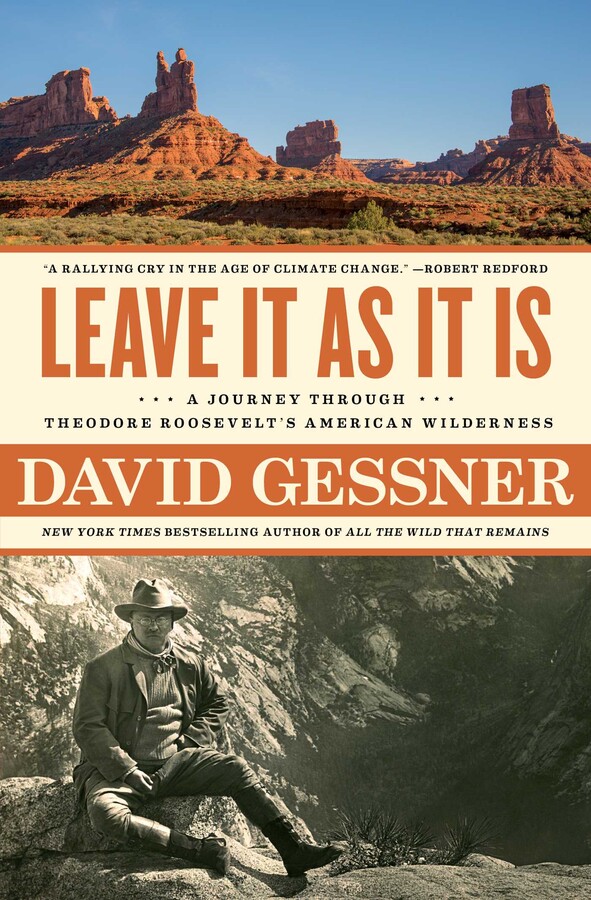We are right to question Theodore Roosevelt. But we are also right to question our questioning, particularly on the subject of preservation. As with TR, so with the parks and monuments he championed. Parks work. Whatever its limitations, and murky history, Yellowstone remains the largest wilderness in the lower 48 states and the one place where all the large mammals that were here when Europeans first came to this continent still roam with at least relative freedom. While the wolves were reintroduced by humans, the cougars, who had also been wiped out in the park, reintroduced themselves. Secretive and stealthy, they slid into the back spaces of the millions of preserved wild acres. Which meant that Yellowstone once again has its three great carnivores, the most charismatic of the charismatic megafauna: mountain lion, grizzly, wolf.
While acknowledging that it was once the Native hunting ground of tribes, we need to put this in the context of the times and remember what the realistic alternative to conservation might have been. It is unlikely it would have been happily allowing Indigenous people to go about their business. The rapacious pace of westward movement brought with it a force that downed forests, despoiled rivers, stripped vegetation, and killed animals, a force that is still very much with us. Tribes in Yellowstone would have been mowed down as surely as tribes in the Badlands. The hunger of settlers surging west rivaled that of locusts descending on a field. And in many cases, the eviction of Native peoples occurred not because of the creation of parks, but before the parks were even created. The choice, then, was not between a park and a Native settlement, but between parkland and private land.
John D. Leshy, a public-land expert and frequent visiting professor at Harvard, pointed this out in his 2018 Wallace Stegner lecture at the University of Utah: “How the U.S. acquired clear title to these lands from foreign governments and tribes is a complicated story and, especially where Indians are concerned, certainly one with a dark side. But it took place largely in advance of, and separate from, the movement to keep significant amounts of public land permanently in U.S. ownership.”
What if parks had not been created? There was no obvious reason they should have been. After all, it had never happened before in any other country. Where would we be then? While parks and other preserves might have been wrongly romanticized and, to some extent, built on false principles, they were, on a practical level, an attempt, an often desperate attempt, to stop our hunger from despoiling our last beautiful places. And whether or not our parks are “America’s best idea,” the idea of putting land aside, of not developing it, was inspired. Scholars can sneer at parks if they like, but without them and the habitats they provide, thousands more species would have been lost. If it was an idea mired in the prejudices of its time, it was also one that looked beyond those prejudices toward the future.
